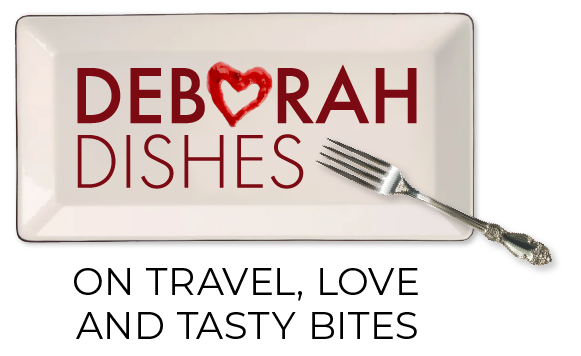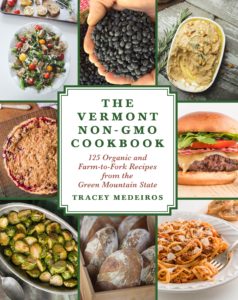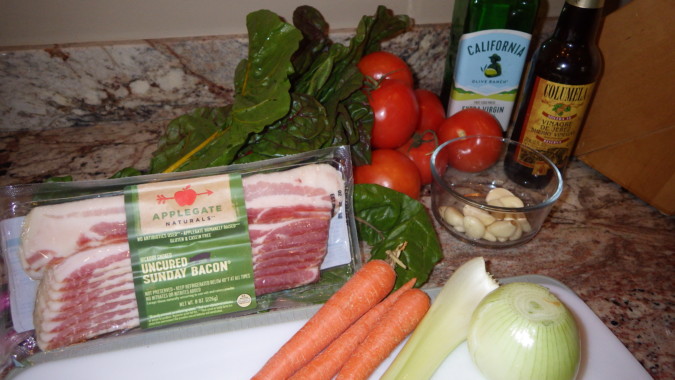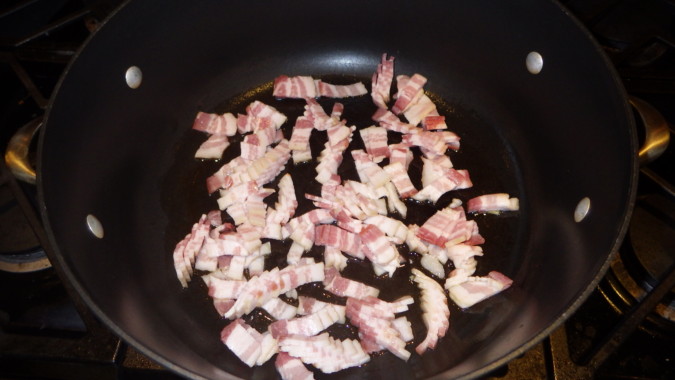In a perfect world all of our food supply would be organically grown and free from genetic modification. It’s quite obvious we don’t live in a perfect world and most of us would prefer not to think about where our food actually comes from; the images of factory farms and dying bees is the stuff of nightmares, whereas the bright, beautiful displays of grocery store produce, the end caps of attractively labeled canned goods and the antiseptic packages of pre-packaged meat and chicken make it easy to shop, cook and eat without thinking about the food chain. Tracey Medeiros wants to make us think about the food chain. In her new “The Vermont Non-GMO Cookbook” she provides insight into the growers, farmers, producers, restaurants, bakeries and inns that are making Vermont ground zero for more sustainable agriculture. She also shares some of the background on Vermont’s fight for honest food labeling and is even donating a portion of her book’s proceeds to Rural Vermont, a non-profit founded in 1985 whose goals are to make sure the public has a voice in making policy pertaining to food, including organic and GMO labeling, and bovine growth hormone labeling on milk. But Tracey is not trying to force anyone to look at the ugliness of the US agriculture system; she’s asking us to look at the beauty of pure foods in their natural state. By giving us a peek at the afore mentioned growers and purveyors she’s allowing us to look at what our agricultural system could be, and what it does look like in much of Vermont.
“The Vermont Non-GMO Cookbook” has 125 recipes, all organic and “farm to fork”, heavy with Vermont’s natural resources like local produce, maple syrup, cheese, and products from local distillers. There isn’t a GMO to be found. The obvious GMO culprits we see in our everyday foods? Anything labeled with high fructose corn syrup or soy lecithin, and GMO corn, sugar beets and canola oil. And they’re not just in that bag of junk food. Unfortunately the animal feed in the US is primarily corn and soy so if you are an omnivore, even if you don’t buy anything processed or packaged, you’re getting your fair share of GMOs. I won’t debate the health risks of eating genetically modified foods; there are others more informed than I with which you can have that discussion. It’s a personal choice; sometimes the cost of organic and non-GMO can be prohibitive, especially for a large family. I asked Tracey what she’d recommend to people who can’t afford or lack access to organic and non-GMO foods. “Access is becoming better and better,” she said. “Shop for sales, start your own organic garden and freeze or pickle what you can’t use, or join a community organic garden. Seeds are inexpensive. And start small with just the basics. At the grocery store buy organic eggs and milk if that’s all you can afford.” She herself has a garden, but says it’s not large with just tomatoes, peppers, and herbs. She buys whatever else she needs at farmers markets, as she enjoys the interaction with the farmers there. She gets to network with them as well. Vermont has excellent resources identifying organic farmers and non-GMO producers, and in the year of research and interviews she widened her network to come up with a comprehensive list for her book.
The Vermont Non-GMO Cookbook is a paean to a clean food supply, almost a coffee table book with profiles of interesting places and the people who have chosen to make a difference in how Vermont eats. It’s a Foodie’s travel guide, too. I just wish she’d included a map.
The following recipe is adapted from “The Vermont Non-GMO Cookbook” by Tracey Medeiros. Navy Bean and Swiss Chard Minestrone Soup with Poached Farm Egg is from Artisan Restaurant Tavern at Four Columns Inn in Newfane, VT’s executive chef Frederic Kieffer.
The original recipe calls for dried navy beans (to be soaked and cooked) and for fresh tomatoes (which, quite frankly, are horrible in the winter) so I made some adjustments for both ease and taste. If you’ve canned your summer tomatoes by all means use them, and if you like cooking with dried beans go right ahead. Do NOT leave out the vinegar as it really makes the soup; if you don’t have sherry vinegar use red wine vinegar instead.
Not all of the ingredients I used were organic or non-GMO, as many of the ingredients were already in my kitchen. I’d love to say I buy all organic and non-GMO, but I don’t. Part of it is cost, part of it is not everything I buy is available organic and part of it is not knowing. Non-GMO labeling is not a law, at least not yet. So the ingredients below are all organic in the original recipe; I’ll let you decide what goes in your soup pot.
Navy Bean and Swiss Chard Minestrone Soup with Poached Farm Egg
Adapted from The Vermont Non-GMO Cookbook by Tracey Medeiros
Serves 10
2 oz. extra virgin olive oil
6 oz. uncured smoked bacon, diced
1 large onion, peeled and diced
2 medium carrots, peeled and diced
½ c. celery, diced
8 large tomatoes, cored and cut into ½ inch cubes (or a 28 oz. can of diced tomatoes)
6 medium garlic cloves, crushed
2 qts. vegetable stock
¼ c. sherry vinegar
2 tsp. kosher salt
1 bunch rainbow Swiss chard, stems removed and cut into ½ inch strips
2 – 16 oz. cans of navy or great northern beans or 1 lb. of dried navy beans washed, picked over and soaked overnight.
10 eggs
Freshly grated Parmesan cheese
Drain the beans (canned beans or soaked dried beans) and set aside.
Heat the oil in a large stockpot over medium heat. Add the bacon and cook for 2 minutes. Add the onions, celery and carrot and continue to cook, stirring occasionally, for 4 minutes. If using dried beans add them now. Add the tomatoes, garlic, stock, vinegar and salt. Bring to a simmer and cook for 45 minutes, stirring occasionally. Taste and adjust if more salt is needed. Continue to simmer for another 25 minutes or until dried beans are tender or if using canned beans add them now and simmer for only about 10-15 minutes. Add the Swiss chard and simmer for another 10 minutes. While the chard is cooking begin poaching the eggs. Bring 3 inches of water in a large saucepan to a boil and reduce to a simmer. Add the eggs by cracking them first into a ramekin or small bowl and then sliding them into the water, careful not to let them touch. Cover the pan and turn off the heat. Let them cook for 4-6 minutes depending on level of doneness desired.
To serve, ladle the soup into a warmed soup bowl, and top with a poached egg and grated Parmesan cheese. Serve immediately.
Click on image to view full size
This is a great brunch option with good bread or muffins. For my Weight Watchers readers this recipe has 4 Smart Points per serving.















Leave A Comment